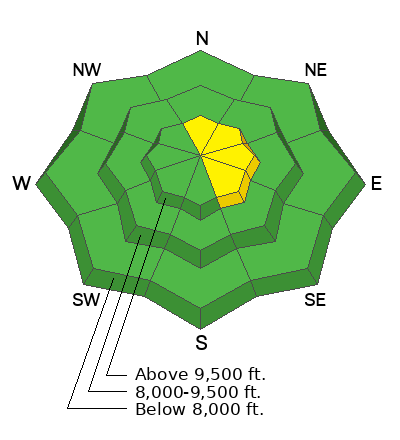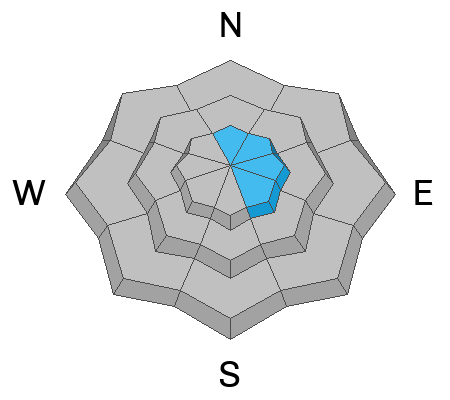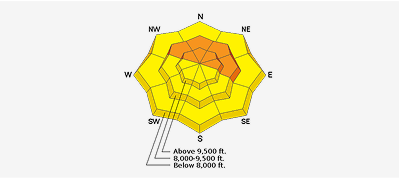Forecast for the Skyline Area Mountains

Sunday morning, December 7, 2025
For the most part, avalanche conditions are quiet right now on the Skyline and the majority of the terrain has a LOW avalanche danger rating. There is a "pockety" MODERATE danger rating in the upper elevation more east facing terrain where some fresh wind drifts formed during the last storm. This is not a huge threat but don't be surprised if you're up monkeying around up on steep leeward facing and one of these small drifts cracks out.








